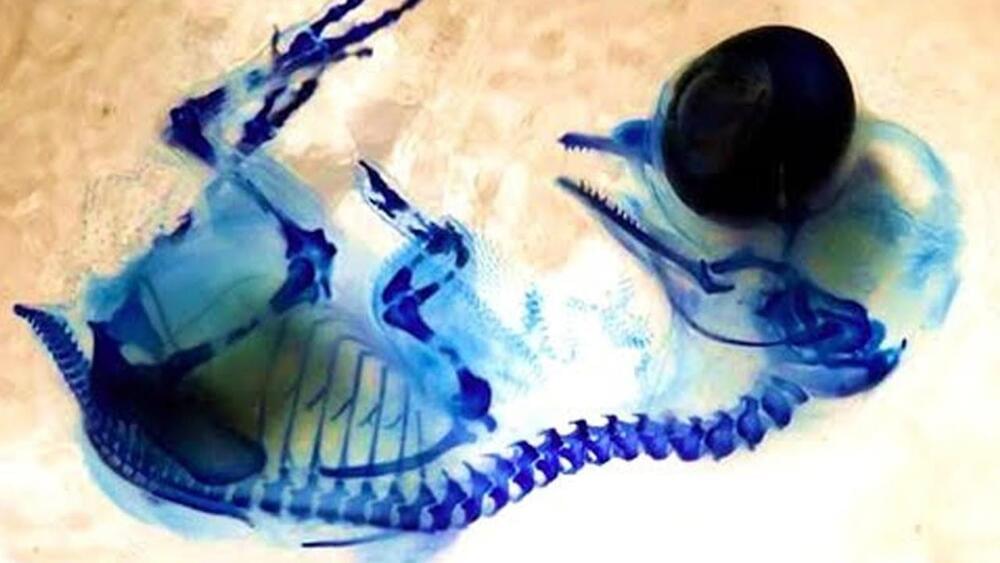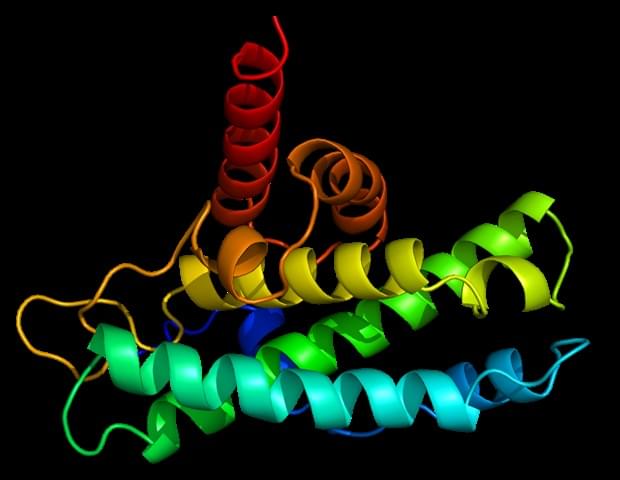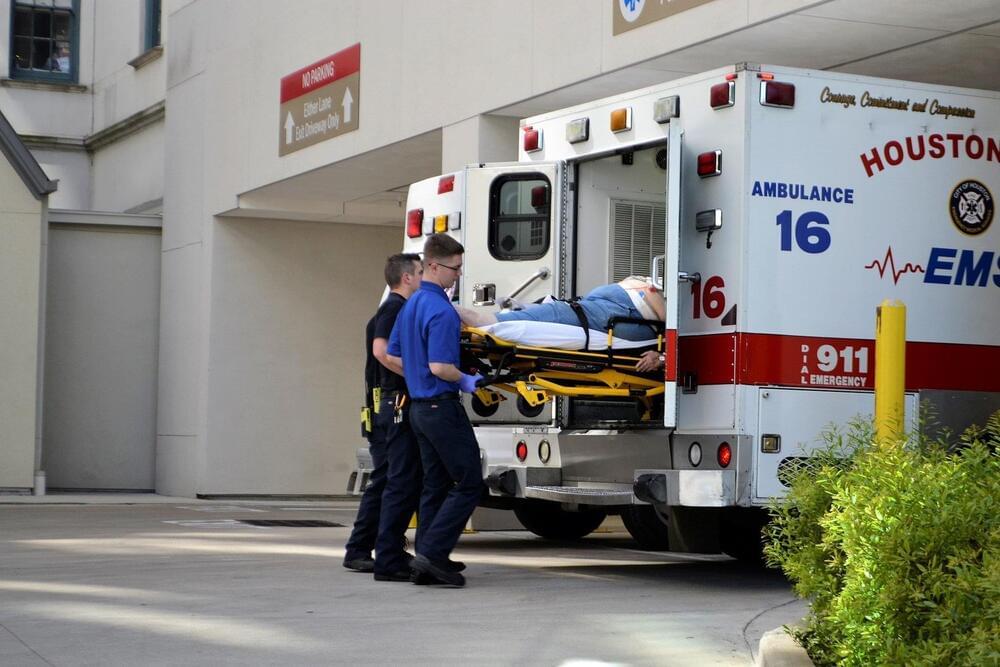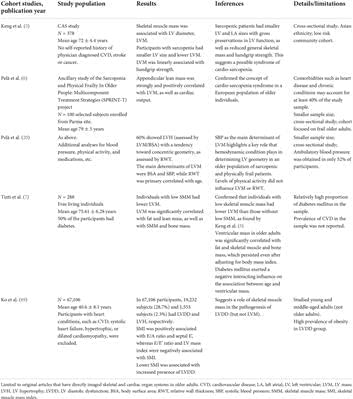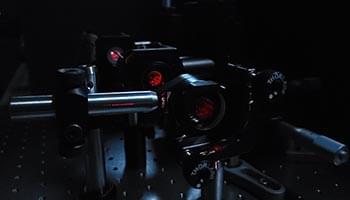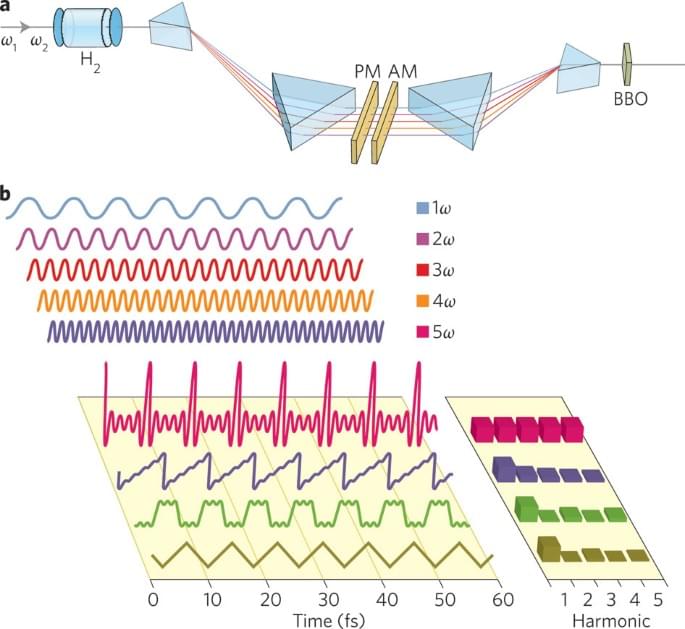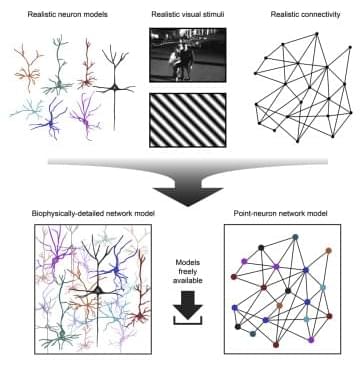Dec 2, 2022
Scientists Have Just Successfully Recreated A Dinosaur From Chicken DNA!
Posted by Dan Breeden in categories: biotech/medical, education, evolution
https://www.youtube.com/watch?v=xbY1VkNXAsE
You will not believe what we’re about to tell you — scientists have just created the very first Dino
chicken!
Using chicken DNA, they’ve proven how evolution works, and we might just see dinosaurs roam.
the Earth again. It’s our one chance to live out a real-life version of Jurassic Park!
So, join us as we learn how scientists took chicken DNA and created the chickenosaurus’
’
Disclaimer Fair Use:
1. The videos have no negative impact on the original works.
2. The videos we make are used for educational purposes.
3. The videos are transformative in nature.
4. We use only the audio component and tiny pieces of video footage, only if it’s necessary.
Continue reading “Scientists Have Just Successfully Recreated A Dinosaur From Chicken DNA!” »
